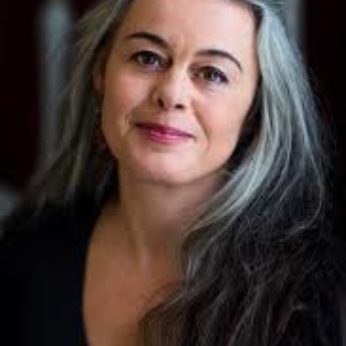Composer: Georg Frideric Handel (b. 1685 - d. 1759)
Performance date: 03/07/2015
Venue: St. Brendan’s Church
Composition Year: 1724
Duration: 00:10:45
Recording Engineer: Richard McCullough, RTÉ lyric fm
Instrumentation Category:Large Mixed Ensemble
Instrumentation Other: S-solo, T-solo, 2vn,va,vc,db, lute, hpd
Artists:
Maria Keohane -
[soprano]
James Gilchrist -
[tenor]
Arcangelo (Sophie Gent, James Toll [violins], Rebecca Jones [viola], Sarah McMahon [cello], Tim Amherst [bass], David Miller [lute], Jonathan Cohen [harpsichord,director]) -
[baroque ensemble]

Handel’s
opera Tamerlano was reputedly written
in twenty days the summer of 1724 and had its première at the King’s Theatre in
October that year. It was quite
successful, being staged nine times, with a further revival the following
spring. It tells the story of Tamburlaine, the peasant who rose to rule the
huge Tartar empire in central Asia, who has captured the Ottoman Emperor
Bazajet. At the start of the opera
Bazajet has already been taken prisoner and is so humiliated that he seeks to
kill himself, but restrains himself in order to protect his daughter, Asteria,
whom Tamerlano wishes to marry. Bazajet is one of the first great tenor roles
in opera.
The
opera Giulio Cesare just precedes Tamerlano with its first performance at the King’s Theatre in
February 1724, starring the great castrato Senesino. It was very well received with
thirteen performances on its first outing.
It went on to be a success in Paris with further revivals in London. The
opera is a fanciful tale involving Caesar and Cleopatra. In the final act she has been imprisoned by
the villain Sesto but Caesar bursts into her cell and frees her, Cleopatra
sings of her delight at her rescue.
Copyright © 2025 West Cork Music. All rights reserved.
Designed and developed by Matrix Internet